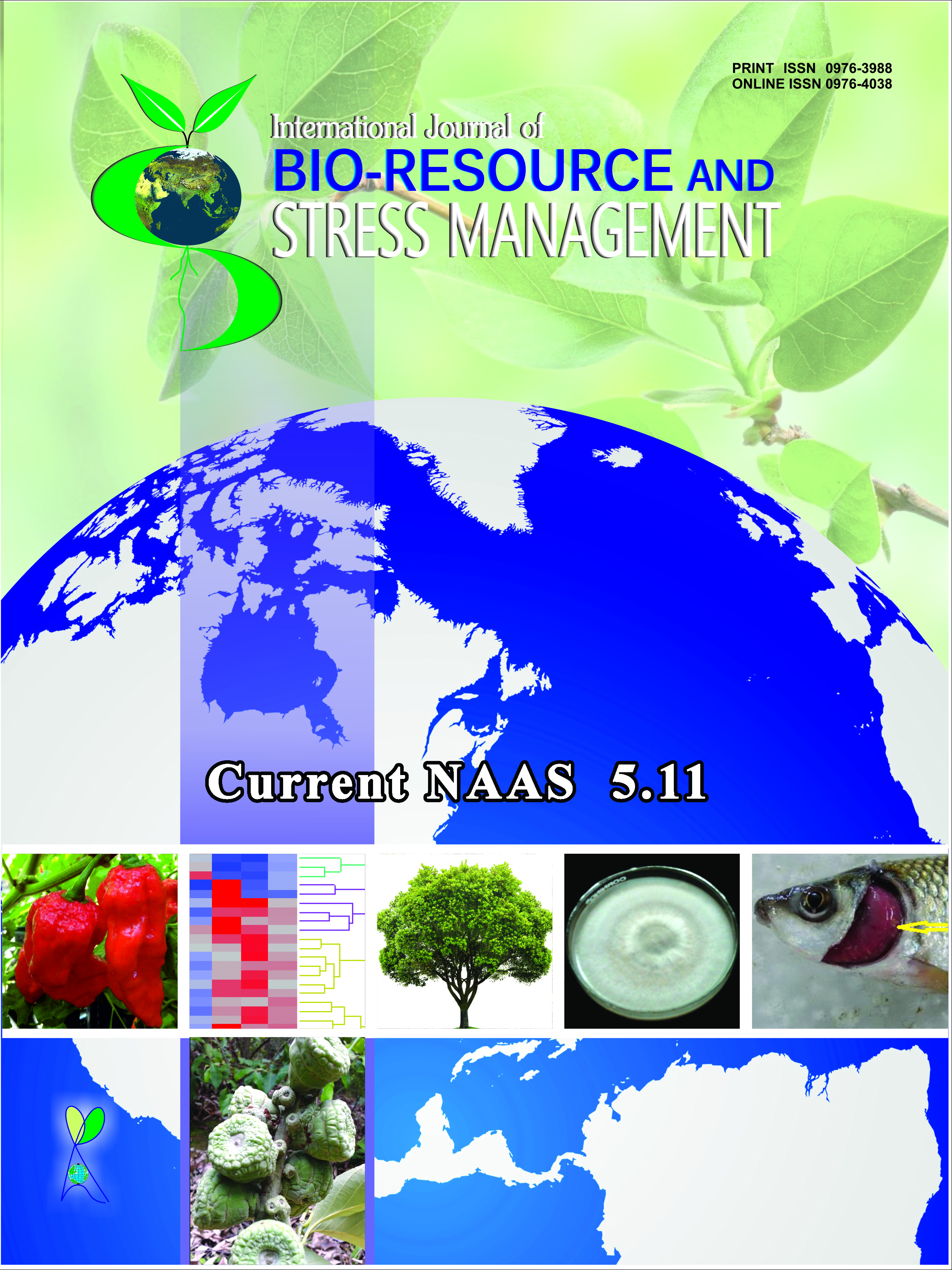Water Requirements of Crops by Using the RS and Cropwat Model- a Case Study at Malayer Region, Iran
Abstract
Considering the dangerous phenomenon of water shortage in recent decades throughout the world, more than 300 million people in 26 countries all over the world are facing water shortage. Based on the estimations, the number will increase to 66 countries and two third of the whole world population. High volume of data in the respective drainage and irrigation network has confused the programmers and managers with the accumulated unsorted and disorganized data in the computer. In this study, net derived demand (NDD) for irrigation water was derived based on Cropwat model and remote sensing and GIS techniques for Malayer in the west Iran in ten water years (1997-2006). Satellite images (IRS LissIII image), Cropwat model, coupled with GIS and RS were applied to compute net irrigation water requirements. Satellite images (IRS LissIII 11th June’ 2006) were used to determine type and area of cultivated crops. Twelve main crops for Malayer were distinguished. Cropwat model was used to calculate real evapo-transpiration and (NDD) for irrigation water based on local climate data and information from agricultures on the satellite images. Groundwater is used for agriculture on the real data from the pump in the Region of Malayer.
Downloads
Downloads
Published
How to Cite
Issue
Section
License
Authors retain copyright. Articles published are made available as open access articles, distributed under the terms of the Creative Commons Attribution-NonCommercial-ShareAlike 4.0 International License, which permits unrestricted non-commercial use, distribution, and reproduction in any medium, provided the original author and source are credited. 
This journal permits and encourages authors to share their submitted versions (preprints), accepted versions (postprints) and/or published versions (publisher versions) freely under the CC BY-NC-SA 4.0 license while providing bibliographic details that credit, if applicable.





